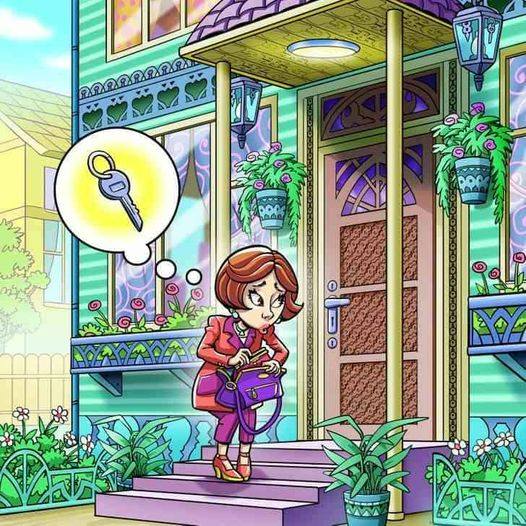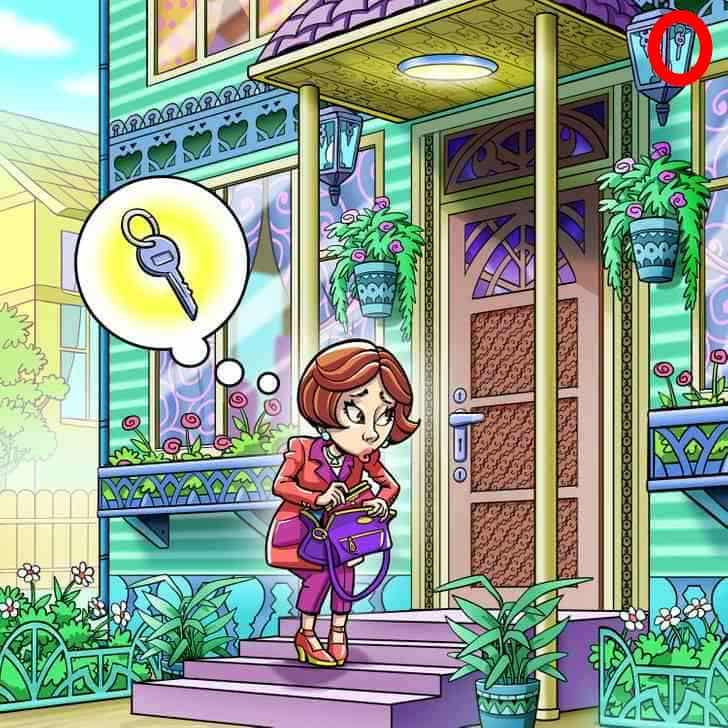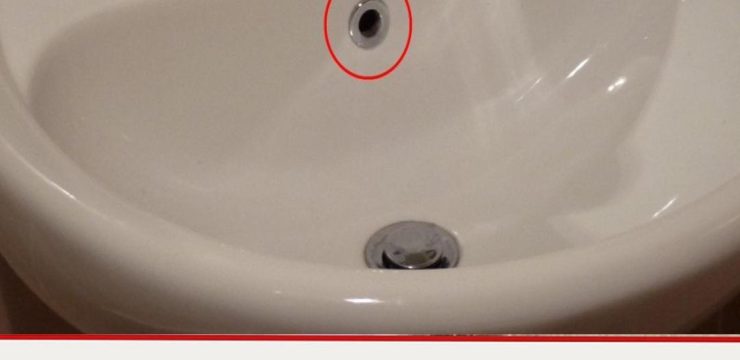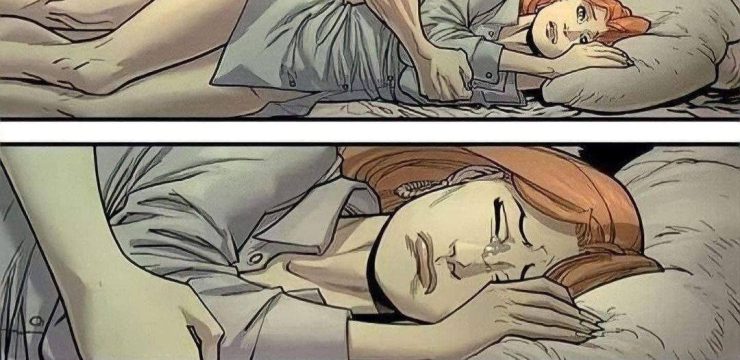Introduction: The Power of Optical Illusions
Optical illusions are more than just intriguing images—they’re windows into how our brain processes visual information. These fascinating challenges not only entertain but also offer valuable insights into cognitive functions. By testing our ability to spot hidden details, optical illusions can sharpen our observation skills, enhance memory, and boost problem-solving abilities. So, are you ready to test your visual acuity?

The Challenge: Can You Spot the Hidden Key?
In the optical illusion presented above, you see a woman standing outside her house, frantically searching her purse for a key. However, the key isn’t in her purse—it’s cleverly hidden somewhere else in the picture. Your mission, should you choose to accept it, is to find this elusive key in just 7 seconds. Ready, set, go!
Analyzing the Optical Illusion
Understanding the Image
The image features a woman in a seemingly ordinary setting. At first glance, everything appears normal, but remember: the hidden key is cleverly camouflaged within the scene. Focus on the small details and the environment around the woman. Optical illusions often rely on our brain’s tendency to overlook inconspicuous elements.
Common Optical Illusion Tricks
Optical illusions can employ various techniques to hide objects:
- Color Blending: The key might blend into a similarly colored background.
- Pattern Disruption: It could be obscured by a complex pattern that distracts the eye.
- Size and Perspective: The key might be hidden by manipulating its size or perspective, making it less noticeable.
The 7-Second Test
Tips for Finding the Hidden Key
- Scan the Image Methodically: Instead of quickly scanning the entire image, divide it into sections and examine each part carefully.
- Focus on Unusual Details: Look for anything that seems out of place or different from the rest of the image.
- Adjust Your Viewing Angle: Sometimes, changing the angle or zooming in can reveal hidden elements.
Time’s Up!
How did you fare? Were you able to spot the hidden key within the 7-second window? If you did, congratulations—you’ve got sharp, laser-like vision! If not, don’t worry. These challenges are meant to be tough and are excellent practice for improving visual acuity.
The Solution Revealed
Where Was the Key Hidden?
The hidden key is cleverly positioned on the lamp post in the top right corner of the image. This placement is strategic, utilizing the lamp post’s color and texture to conceal the key from immediate view.

Why Optical Illusions Matter
Engaging with optical illusions isn’t just fun; it’s beneficial. These visual puzzles enhance cognitive abilities by:
- Improving Attention to Detail: Regular practice helps in honing your focus and attention to minute details.
- Boosting Creativity: The process of deciphering illusions can spark creative thinking and problem-solving skills.
- Enhancing Memory: Remembering complex patterns and details improves overall memory retention.
Share the Fun
Challenge Your Friends
If you enjoyed this optical illusion challenge, why not share it with your family and friends? See how they perform and who can spot the hidden key the fastest. It’s a fun way to test visual skills and enjoy a bit of friendly competition.
Conclusion
Optical illusions are more than just visual tricks—they’re tools for enhancing cognitive abilities and providing entertainment. The challenge of finding hidden elements in images sharpens observation skills and stimulates the brain. So, whether you found the key in 7 seconds or need more practice, keep engaging with these fascinating puzzles. They’re a fantastic way to keep your mind sharp and your senses alert.
Don’t forget to share this challenge and see how others fare. Happy puzzling!





